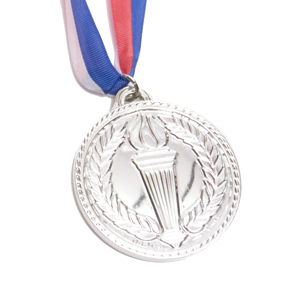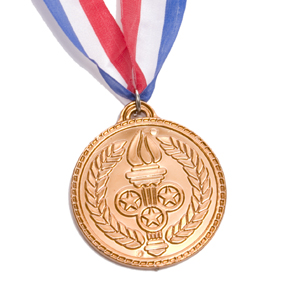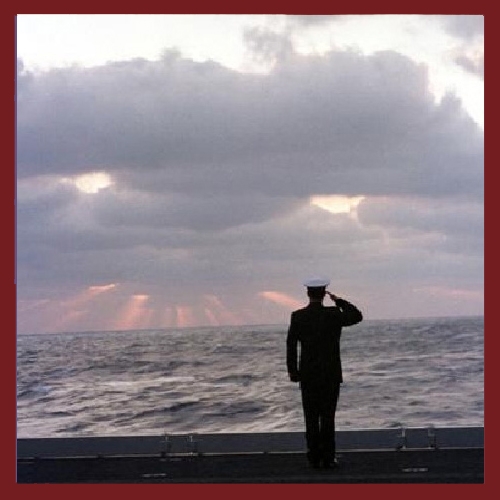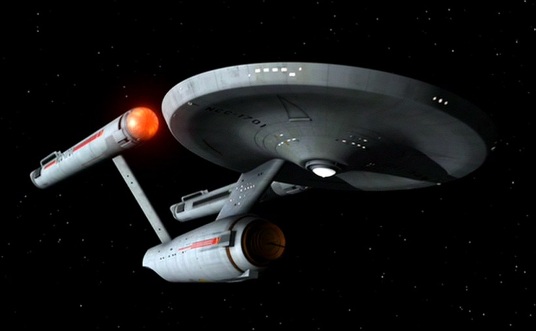| Some highlights from the US Navy's The Legend of Enterprise Page... 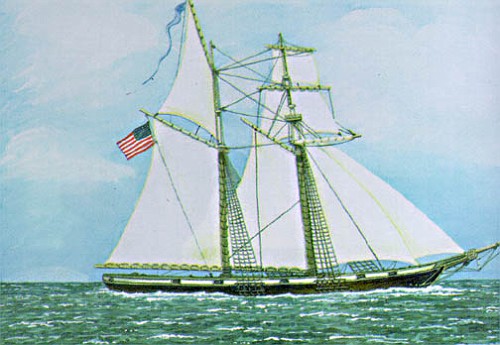 The first Enterprise originally belonged to the British and cruised on Lake Champlain to supply their posts in Canada. After the capture of Fort Ticonderoga by the Americans on 10 May 1775, it became the object of desire in the mind of Benedict Arnold who realized he would not have control of Lake Champlain until its capture. He learned it was stationed at a small British garrison at St. John’s on the Richelieu in Canada, and set out from Skenesborough (Whitehall, New York) in the commandeered sloop Liberty for that place on 14 May 1775. He surprised and captured the British garrison on 18 May, took possession of the 70-ton sloop, and sailed it south to Crown Point. It was named Enterprise by Arnold and fitted out with twelve long 4-pounder carriage guns and ten swivels. About 1 August 1775, Captain James Smith was sent by the New York Provincial Congress to General Philip Schuyler and ordered to take command of “the sloop Enterprise.” The first Enterprise originally belonged to the British and cruised on Lake Champlain to supply their posts in Canada. After the capture of Fort Ticonderoga by the Americans on 10 May 1775, it became the object of desire in the mind of Benedict Arnold who realized he would not have control of Lake Champlain until its capture. He learned it was stationed at a small British garrison at St. John’s on the Richelieu in Canada, and set out from Skenesborough (Whitehall, New York) in the commandeered sloop Liberty for that place on 14 May 1775. He surprised and captured the British garrison on 18 May, took possession of the 70-ton sloop, and sailed it south to Crown Point. It was named Enterprise by Arnold and fitted out with twelve long 4-pounder carriage guns and ten swivels. About 1 August 1775, Captain James Smith was sent by the New York Provincial Congress to General Philip Schuyler and ordered to take command of “the sloop Enterprise.”
 The seventh Enterprise (CV 6) was the first of the Enterprise ships to receive the nickname of Big 'E'. Other nicknames included the Lucky 'E', the 'Grey Ghost' and the 'Galopping Ghost'. CV-6 became the sixth aircraft carrier to join the U.S. Navy fleet upon its commissioning as a Yorktown-class carrier on Oct. 3, 1936. It had an overall length of 827 feet and displaced more than 32,000 tons of water. Enterprise fought in many of the key Pacific theater battles of World War II, and was one of only three American carriers commissioned prior to World War II to survive the war (aloCV6 Flight Deckng with USS Saratoga and USS Ranger). The seventh Enterprise (CV 6) was the first of the Enterprise ships to receive the nickname of Big 'E'. Other nicknames included the Lucky 'E', the 'Grey Ghost' and the 'Galopping Ghost'. CV-6 became the sixth aircraft carrier to join the U.S. Navy fleet upon its commissioning as a Yorktown-class carrier on Oct. 3, 1936. It had an overall length of 827 feet and displaced more than 32,000 tons of water. Enterprise fought in many of the key Pacific theater battles of World War II, and was one of only three American carriers commissioned prior to World War II to survive the war (aloCV6 Flight Deckng with USS Saratoga and USS Ranger). Enterprise was ordered to serve in the Pacific fleet in April 1939, and was sent underway to conduct training and transport Marine Fighter Squadron 211 (VMF-211) to Wake Island in November 1941. Big 'E' was returning to the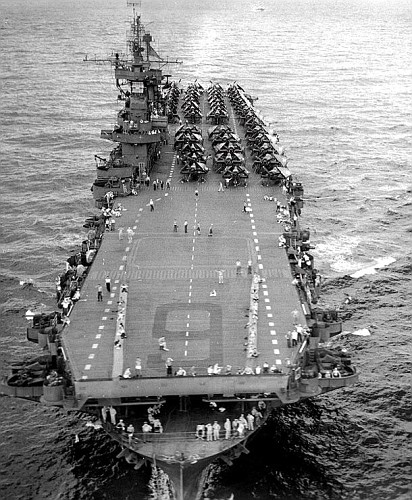 Hawaiian island of Oahu on the morning of Dec. 7, 1941 when it received news of the Japanese attack on Pearl Harbor. Enterprise became one of the first ships to respond to its nation's call to war and went on to earn 20 battle stars, the most for any U.S. warship in World War II, for the crucial roles it played in numerous battles including Midway, Guadalcanal, Leyte Gulf, and the 'Doolittle Raid' on Tokyo. Japanese forces announced that the Big 'E' had been sunk in battle on three separate occasions throughout its Pacific campaign. Hawaiian island of Oahu on the morning of Dec. 7, 1941 when it received news of the Japanese attack on Pearl Harbor. Enterprise became one of the first ships to respond to its nation's call to war and went on to earn 20 battle stars, the most for any U.S. warship in World War II, for the crucial roles it played in numerous battles including Midway, Guadalcanal, Leyte Gulf, and the 'Doolittle Raid' on Tokyo. Japanese forces announced that the Big 'E' had been sunk in battle on three separate occasions throughout its Pacific campaign. After its legendary World War II service, the first Big 'E' was decommissioned on Feb. 17, 1947 as the most decorated ship in U.S. naval history.
In 1954, Congress authorized the construction of the world’s first nuclear-powered aircraft carrier, the eighth U.S. ship to bear the name Enterprise. The giant ship was to be powered by eight nuclear reactors, two for each of its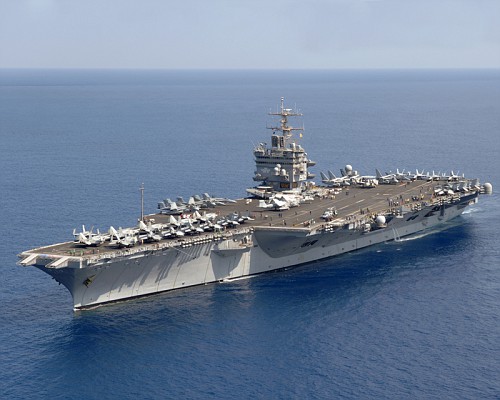 four propeller shafts. This was a daring undertaking. for never before had two nuclear reactors ever been harnessed together. As such, when the engineers first started planning the ship’s propulsion system, they were uncertain how it would work, or even if it would work according to their theories. four propeller shafts. This was a daring undertaking. for never before had two nuclear reactors ever been harnessed together. As such, when the engineers first started planning the ship’s propulsion system, they were uncertain how it would work, or even if it would work according to their theories. Materials used by the shipyard included 60,923 tons of steel; 1507 tons of aluminum; 230 miles of pipe and tubing; and 1700 tons of one-quarter-inch welding rods. The materials were supplied from more than 800 companies. Nine hundred shipyard engineers and designers created the ship on paper, and the millions of blueprints they 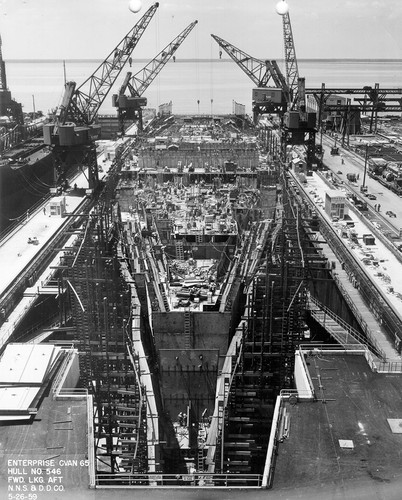 created, laid end-to-end, would stretch 2400 miles, or from Miami to Los Angeles. created, laid end-to-end, would stretch 2400 miles, or from Miami to Los Angeles. <-- Constructing USS Enterprise Three years and nine months after construction began, Enterprise was ready to present to the world as “The First, The Finest” super carrier. The newly-christened Enterprise left the shipyard for six days of builder and Navy pre-acceptance trials. Its escort during the trials, destroyer Laffey, sent this message; “Subject: Speed Trails. 1. You win the race. 2. Our wet hats are off to an area thoroughbred.” When the Big “E” returned to port, the Chief of Naval Operations, Admiral George W. Anderson, Jr., stated enthusiastically, “I think we’ve hit the jackpot.” After years of planning and work by thousands the day finally arrived. At the commissioning of Enterprise, the world’s first nuclear-powered aircraft carrier, Secretary of the Navy John B. Connally Jr. called it a worthy successor to the highly decorated seventh USS Enterprise of World War II. “The fighting Gray Lady, as it was called, served in such well-known battles as the raid on Tokyo and the Battle of Midway.” Secretary Connally went on to say, “The new Enterprise will reign a long, long time as queen of the seas.” In October 1962, Enterprise was dispatched to its first international crisis. Enterprise and other ships in the Second Fleet set up quarantine of all military equipment under shipment to communist Cuba. The blockade was put in place on October 24, and the first Soviet ship was stopped the next day. On October 28, Soviet leader Krushchev agreed to dismantle nuclear missiles and bases in Cuba, concluding the Cuban Missile Crisis, the closest the U.S. and USSR have ever come to nuclear war. In the Fall of 2001, Enterprise aborted her transit home from a long deployment after the terrorist attacks in New York City and Washington D.C., on Sept. 11, and steamed overnight to the North Arabian Sea. In direct support of Operation Enduring Freedom, Big 'E' once again took its place in history by becoming one of the first units to respond in a crisis with its awesome striking power. Enterprise expended more than 800,000 pounds of ordnance during the operation. The ship returned to home port at Naval Station Norfolk November 10, 2001. 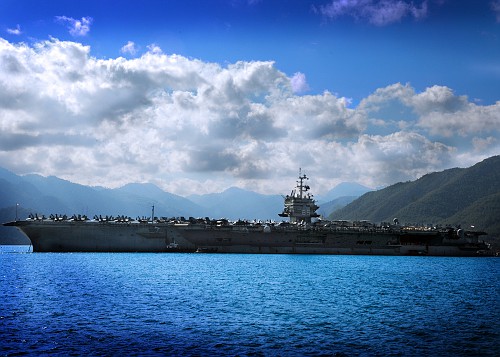
USS Enterprise in Marmaris, Turkey
Following several more deployments and an extended shipyard period that began in 2008, Enterprise embarked on its 21st deployment in January 2011, during which the carrier supported operations Enduring Freedom, New Dawn and multiple anti-piracy missions. During its six-month tour of duty, Big ‘E’ made port visits to Lisbon, Portugal, Marmaris, Turkey, the Kingdom of Bahrain and Mallorca, Spain. Big 'E' became the fourth aircraft carrier in naval history to record 400,000 arrested landings on May 24, 2011. The milestone landing was made by an F/A-18F Super Hornet piloted by Lt. Matthew L. Enos and Weapon System Officer Lt. Cmdr. Jonathan Welsh from the Red Rippers of Strike Fighter Squadron (VFA) 11. 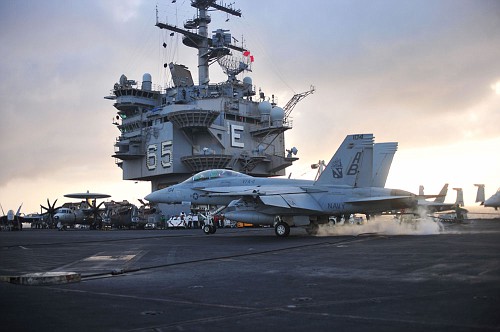
400,000th landing aboard USS Enterprise
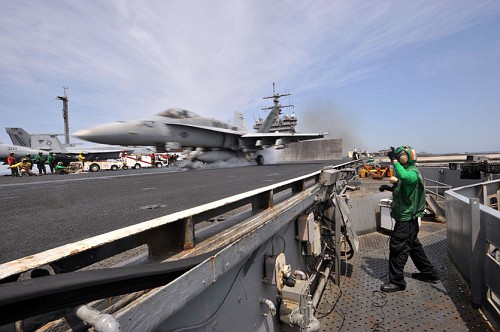
Enterprise aircraft launch
On November 25, 2011, Big ‘E’ celebrated its 50th birthday, making the carrier the oldest active duty ship in the U.S. Naval fleet. Enterprise’s 22nd and final deployment is scheduled for spring 2012. 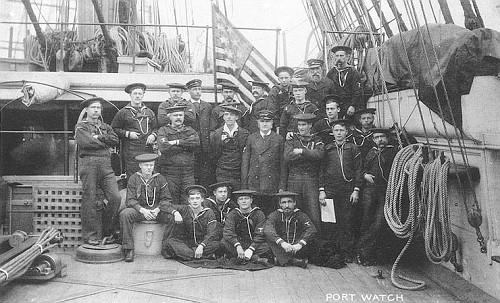
Former sailors 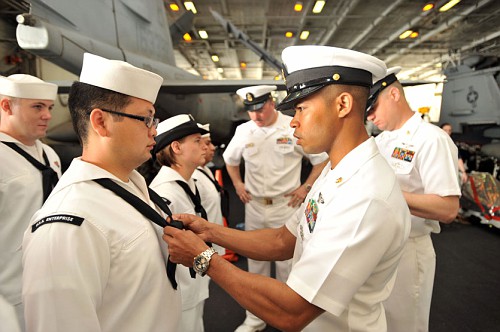
Today, Enterprise Sailors continue to set the standard for excellence aboard the world’s first nuclear-powered aircraft carrier - proudly furthering the legend begun by the first Enterprise Sailors more than two centuries ago. |

